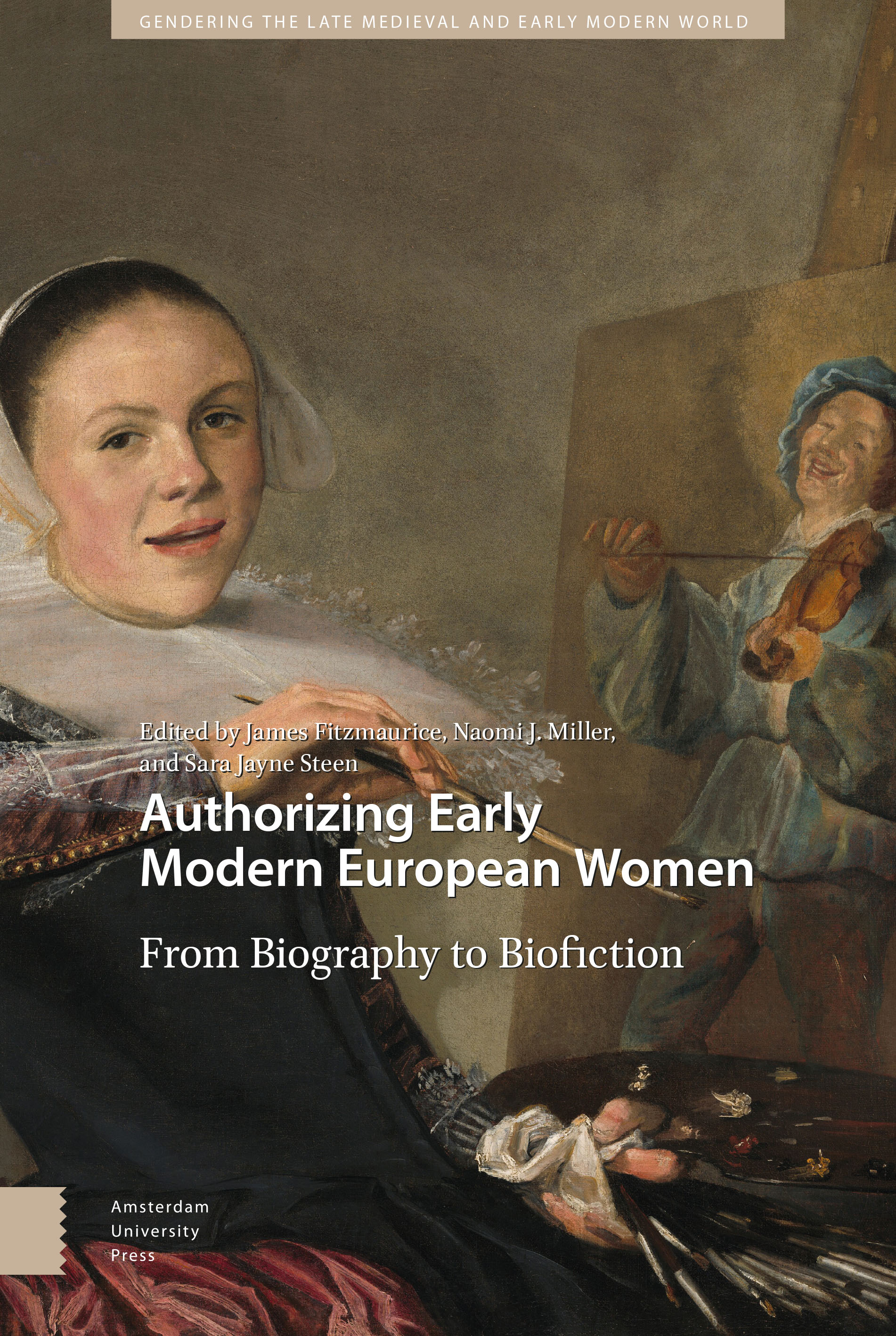6 - “Archival Bodies, Novel Interpretations, and the Burden of Margaret Cavendish”
Published online by Cambridge University Press: 16 December 2021
Summary
Abstract
This essay explores the myth-making function of archives, identifying the tensions and convergences between scholarly narratives and fictionalized biographies in readings of two contemporary novels featuring Margaret Cavendish. Both Danielle Dutton's Margaret the First and Siri Hustvedt's The Blazing World, A Novel feature the taint of madness that has haunted the Duchess of Newcastle's reputation for centuries, while offering radically different diagnoses and etiologies. By examining the origins and stubborn staying power of the now discredited moniker “Mad Madge,” the nickname by which Cavendish was once believed to have been known to her contemporaries, this essay seeks to reconsider the novelizing and pathologizing tendencies that can drive both scholarly and fictional treatments of early modern women.
Keywords: Margaret Cavendish, Mad Madge, Siri Hustvedt, Danielle Dutton, archives, life-writing
“I am going to build a house-woman. She will have an inside and an outside, so that we can walk in and out of her. […] She must be large, and she must be a difficult woman, but she cannot be a natural horror or a fantasy creature with a vagina dentata. She cannot be a Picasso or a de Kooning monster or Madonna. No either/or for this woman. No, she must be true.” —Siri Hustvedt. The Blazing World: A Novel (p. 207)
When Harriet Burden, the protagonist of Siri Hustvedt's novel The Blazing World, sets out to build her multimedia “house-woman” as part of an installation – also entitled “The Blazing World” – both character and author explicitly invoke and reinvent Margaret Cavendish's romance of the same title, challenging readers to determine what is inside or outside this dizzying intersection of worlds. Before embarking on a reading of Hustvedt's The Blazing World and Danielle Dutton's Margaret the First, two novels which feature the vexed legacy of Margaret Cavendish's life and works, I want to pause over (and perhaps hijack) the question raised by the epigraph above. For how does one tell the truth about early modern women in contemporary art or fiction? Or for that matter in our scholarship? Many of us desire to speak with the dead, but what happens when we speak for them? Which are the permitted arts of necromancy and which to be regarded as acts of dubious or unholy ventriloquism? What counts as timely revivification and what as anachronistic projection or appropriation?
- Type
- Chapter
- Information
- Authorizing Early Modern European WomenFrom Biography to Biofiction, pp. 71 - 84Publisher: Amsterdam University PressPrint publication year: 2021

